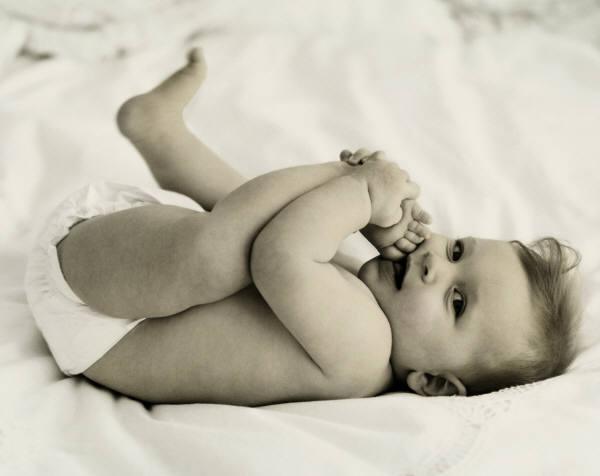Bamar cuisine
contains many regional elements, such as stir frying techniques and curries,
which are not hot but richly spiced with among others, fish paste, onions,
garlic, ginger, dried chilli and turmeric. The most well-known Bamar-originated dish is
mohinga, rice noodles in a broth made from fish and beans. Vegetable fritters, slices of fish cake, hardboiled
egg and crackers are usually added. This
is the most popular dish for Myanmar people, especially at breakfast. It doesn’t look appetizing but it is really
delicious - I tried this for breakfast at the hotel. I even bought two packets of instant mohinga
home, and they tasted pretty good too, even without all the condiments.
Dining in Yangon is
not cheap, considering the standard of living of its people. Here’s a round-up of foods I had while in
Yangon:
My first meal was a
traditional Bamar lunch in a local restaurant.
My guide and I had pork curry which was rich, flavoursome and with a
stew-like consistency, a fishball dish and stir fried vegetables. The meal came complimentary with some local
salad, a soup (which was reallt nice) and sides of fermented beans and pickled
tea leaves. This meal cost us 4500 kyat
(~RM 16).
L’Opera is idyllically situated in an old colonial-era building set amongst manicured gardens beside the romantic Inya Lake, a short walk from the Inya Lake Hotel where I stayed.
Its menu features traditional Italian cuisine like homemade pastas, authentic wood-fired oven pizzas, cold cuts and cheese, fresh salads and many main dishes. The breads were delicious, and they came with a variety of dips. I had the grilled pork chop – it was OK, tasted like any other grilled pork chops. This meal cost about USD 16.
During the training, we had lunch at the hotel. The lunch set comprises (clockwise from right) deep fried fish, stir fried vermicelli with pork, stir fried bean curd, pork curry and chicken.
Monsoon Restaurant and Bar is housed in a classic colonial town house and serves a mixture of Burmese cooking with dishes from Thailand, Vietnam, Cambodia and Laos. The atmosphere is relaxed and cosmopolitan but service was a tad slow.
Our (my colleague and I) meal of stir fried kalian, pork curry (again), Laotian stew beef dish (which to our surprise, came in a soupy dish) with rice and drinks came up to about USD 30.
The managing director of the Myanmar office took us for a team dinner at Phai Lin Restaurant, which serves Thai and Chinese cuisine. We ordered mostly Thai dishes and they were all pretty tasty. No photos from here, and the one below of the exterior of the restaurant is borrowed from here.
Shanti Indian Cuisine serves buffet-style meals with meat dishes, vegetable curries, soups and Indian breads. Desserts include homemade Indian sweets, yoghurt and fruits, and coffee and masala tea to round off the meal. As we had this meal after the field visit, our Myanmar colleague paid for this but a search on the internet states that it costs 2900 kyat (~RM 10) per person. Not sure if the information is outdated but it seems a tad too cheap – food wasn’t great though.
Padonmar Restaurant is housed in an old residential house built in the 1920s, its original structure and charm still maintained. The name Padonmar means lotus flower, and it has two separate kitchens that whip up traditional Myanmar food and Thai cuisines. The restaurant is decorated with rich, wall paintings of Bagan temples.
My colleague and I had pork curry with mangoes pickle (I think you can tell by now that I’m in love with the pork curry), Yangon chicken curry, traditional Karen soup (which was very yummy), gourd with vermicelli soup, aubergine with dried shrimps, rice and drinks. The total bill came up to USD 28.
Some of the
restaurants provide free wifi access, and my colleague even managed to dial in
for a t-con while waiting for our food at Padonmar. I, on the other hand, was looking at a
website about Meritline, trying to purchase a memory stick online.
One thing I dared not try was their street foods, just to be on the safe side, hygiene wise. Here are some random shots of street vendors in Yangon.



































